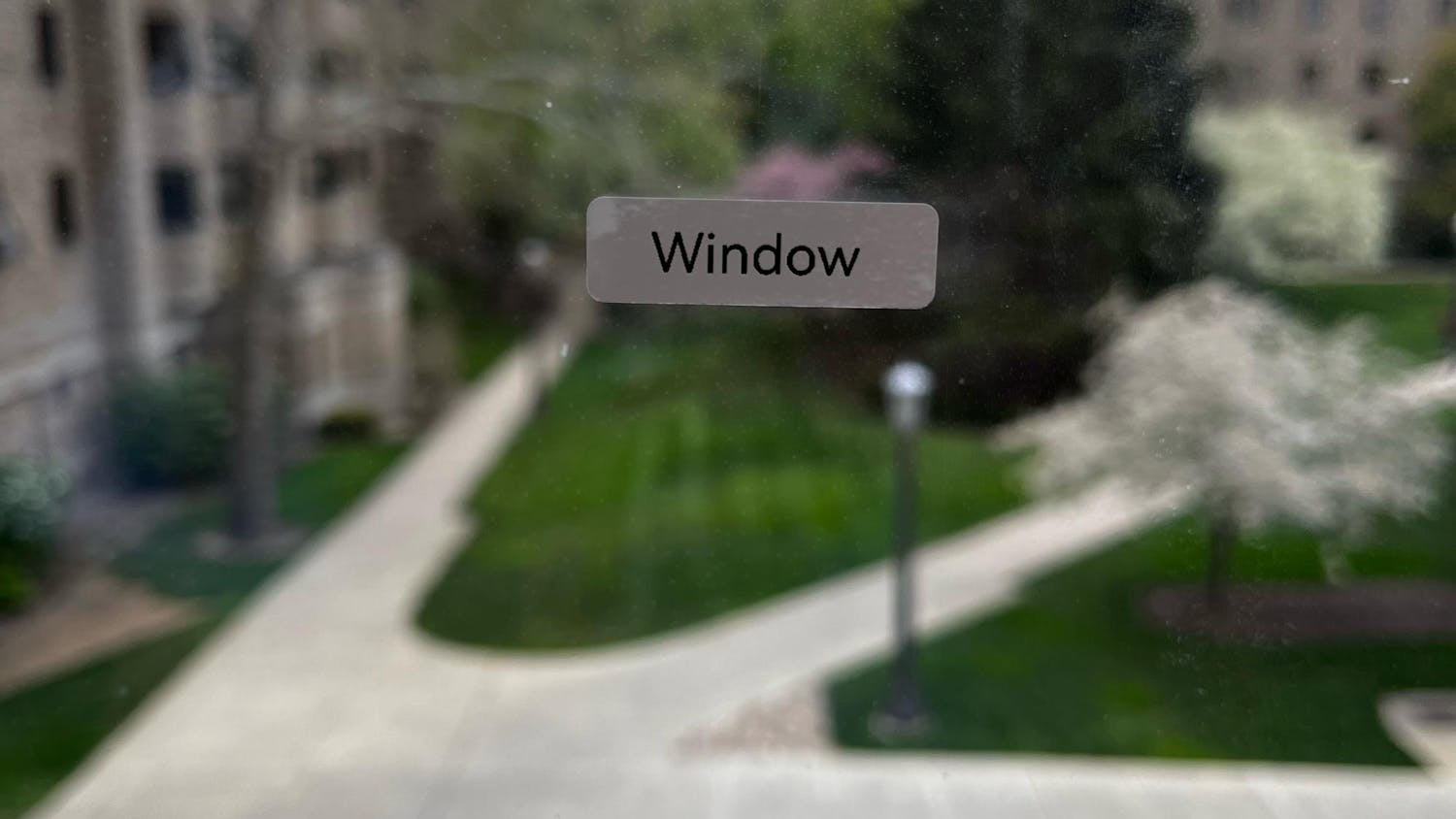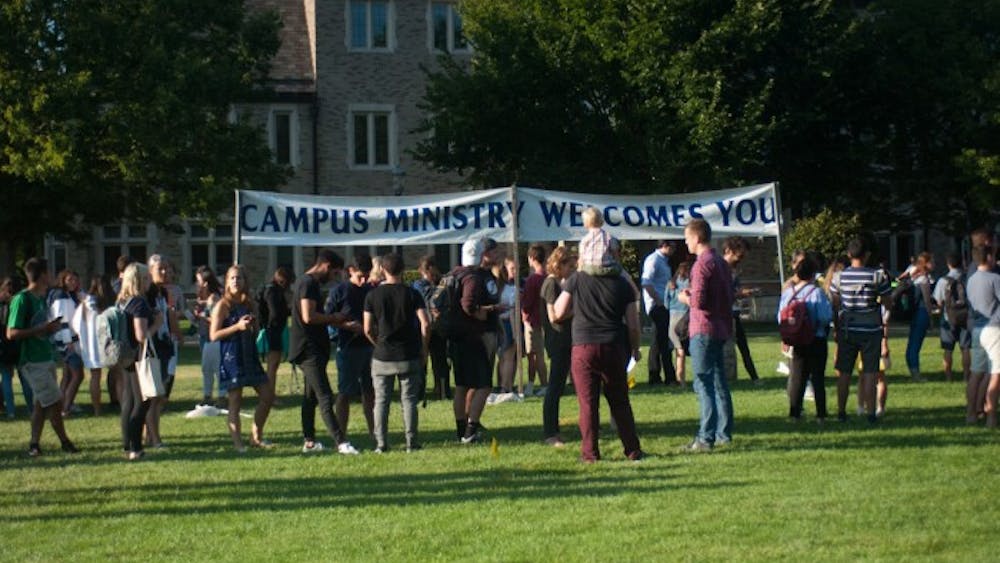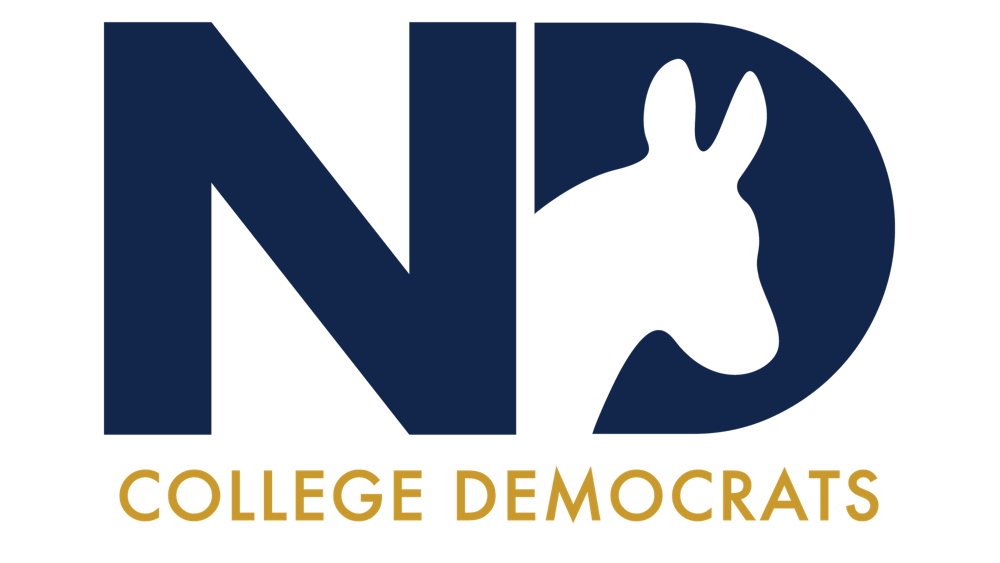There may be no public policy issue more important or pressing than American education. Saying that our education system is "mediocre" may be too generous. Amongst 30 developed countries, American students rank 25th in math and 21st in science. Roughly 1.2 million students fail to finish high school on time every year, and a third of first year college students need to take a remedial course in math, science or reading. The famous 1983 study on the plight of American education, titled "A Nation at Risk," suggested, "If an unfriendly foreign power had attempted to impose on America the mediocre educational performance that exists today, we might well have viewed it as an act of war."
There are many arguments meant to explain the poor performance of American education: A lack of education funding, class sizes that are too big, a lack of teachers with advanced degrees, a need for more experienced teachers and that disadvantaged children (usually minorities) can never be expected to achieve at high levels.

However, none of these reasons explains why American education is so bad. Numbers produced by respected Stanford education expert Eric Hanushek show that since 1960, per-student spending on education has tripled (adjusted for inflation.) The adult-student ratio has dropped from roughly 25 students for every adult to 15.5 students for every adult. The percentage of teachers with advanced degrees has skyrocketed from 23.5 to 48 percent and the experience of the average teacher has risen from 11 to 13 years. Even with these changes, the National Assessment of Education Progress (commonly known as the "Nation's Report Card") shows that test scores in reading and math have remained flat since 1971.
Moreover, just because students high on the socioeconomic ladder tend to do better in school than students low on the socioeconomic ladder does not mean that disadvantaged students cannot succeed. There are many examples of successful charter schools located in disadvantaged neighborhoods, such as KIPP, SEED, the Harlem Success Academies or the Harlem Children's Zone, where proficiency in math and reading and college readiness rivals those of suburban schools, proving that demography is not destiny.
Not surprisingly, the factor that matters the most in a child's education (by far) is the quality of the teacher. Even if a student enters a classroom below grade level, a great teacher can lead to huge academic gains. According to Hanushek, if every low-income student had a teacher good enough to be currently in the top 15 percent of quality for four years in a row, the achievement gap between low-income students and their peers would be virtually eliminated. Moreover, if teachers in the bottom ten percent of quality were led out of teaching and replaced with average teachers, American education could shoot up to the level of other top education countries, like Finland and South Korea.
There is no reform more needed in American education than to identify and reward the best teachers, help improve those who are mediocre with better evaluation systems and fire the worst performers. Unfortunately, all three are largely not done in American education.
Due to "lock-step pay" (paying all teachers with the same years of experience the same salary regardless of effectiveness) and a refusal to embrace merit pay, great teachers go unrewarded and potentially great teachers are lost (40 percent of new teachers quit within their first five years.) Due to a refusal to evaluate teachers based on test score data and performance evaluations from their students, administrators and fellow teachers, average teachers have no meaningful way to improve their individual performance. And due to tenure, the provision in American education that makes it impossible to fire teachers for performance, bad teachers cannot be weeded out.
One of the most depressing examples connected to the school districts' difficulty with firing bad teachers belongs to the L.A. school district. Over the past decade, the district attempted to fire just seven of its 33,000 teachers for poor performance. Each case cost on average $500,000 in legal fees and lasted five years.

Even with these efforts, the L.A. school district could only manage to fire four of the teachers.
The premier charter schools that have produced great results, even with disadvantaged students from the inner cities, have the flexibility to reward good teachers, help improve average teachers and fire not just poor, but mediocre teachers as well. This begs the question: If these practices can improve education outcomes, why don't we do them everywhere?
In an increasingly globalized, technologically advanced and competitive world, a top-notch education system is imperative. This makes the plight of American education not just a tragedy, but also an invitation to national decline.
While many work to reform education, many more protect a perverted system that places the interests of adults ahead of those of children. The political challenges to reforming education are vast, but must be overcome, because if we cannot get education right in America, then nothing else matters.
Adam Newman is a junior finance major. He can be reached at anewman3@nd.edu
The views expressed in this column are those of the author and not necessarily those of The Observer.












